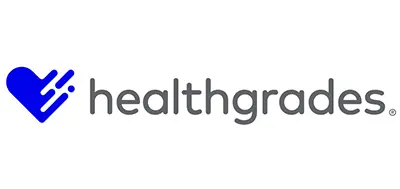Skin Rash (Dermatitis)
Get In Touch
Call Now
Monday to Friday
9:00 AM To 6:00 PM
Saturday and Sunday
Closed

Dermatitis
Overview
- Dermatitis is a general term that describes a skin irritation.
- Dermatitis is a common condition that has many causes and occurs in many forms.
- It usually involves itchy, dry skin or a rash on swollen, reddened skin.
- Or it may cause the skin to blister, ooze, crust or flake off.
- Examples of this condition are atopic dermatitis (eczema), dandruff and contact dermatitis.
- Dermatitis isn’t contagious, but it can make you feel uncomfortable and self-conscious. Moisturizing regularly helps control the symptoms. Treatment may also include medicated ointments, creams and shampoos.
Types
Atopic Dermatitis Eczema
- Atopic dermatitis (eczema) is a condition that makes your skin red and itchy.
- It’s common in children but can occur at any age.
- Atopic dermatitis is long lasting (chronic) and tends to flare periodically.
- It may be accompanied by asthma or hay fever.
- No cure has been found for atopic dermatitis.
- But treatments and self-care measures can relieve itching and prevent new outbreaks. For example, it helps to avoid harsh soaps, moisturize your skin regularly, and apply medicated creams or ointments.
Contact Dermatitis
- Contact dermatitis is a red, itchy rash caused by direct contact with a substance or an allergic reaction to it.
- The rash isn’t contagious or life-threatening, but it can be very uncomfortable.
- Many substances can cause such reactions, including soaps, cosmetics, fragrances, jewelry and plants.
- To treat contact dermatitis successfully, you need to identify and avoid the cause of your reaction.
- If you can avoid the offending substance, the rash usually clears up in two to four weeks.
- You can try soothing your skin with cool, wet compresses, anti-itch creams and other self-care steps.
Cradle Cap
- Cradle cap causes crusty or oily scaly patches on a baby’s scalp.
- The condition isn’t painful or itchy. But it can cause thick white or yellow scales that aren’t easy to remove.
- Cradle cap usually clears up on its own in weeks or a few
- Home care measures include washing your baby’s scalp daily with a mild shampoo.
- This can help you loosen and remove the scales. Don’t scratch cradle cap.
- If cradle cap persists or seems severe, your doctor may suggest a medicated shampoo, lotion or other treatment.
Diaper Rash
- Diaper rash is a common form of inflamed skin (dermatitis) that appears as a patchwork of bright red skin on your baby’s bottom.
- Diaper rash is often related to wet or infrequently changed diapers, skin sensitivity, and chafing.
- It usually affects babies, though anyone who wears a diaper regularly can develop the condition.
- Diaper rash can alarm parents and annoy babies. But it usually clears up with simple at-home treatments, such as air drying, more frequent diaper changes and ointment.

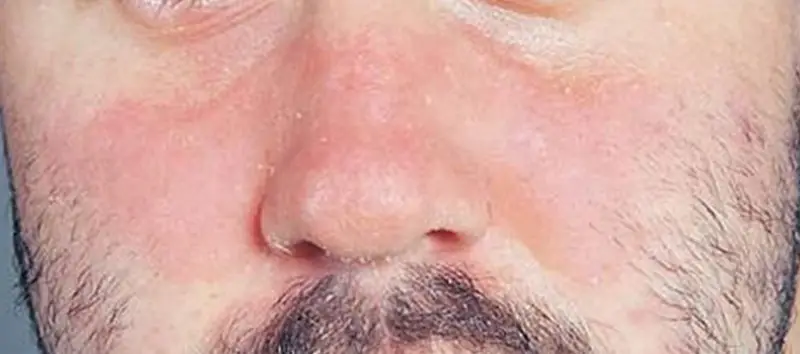
Seborrheic dermatitis
- Seborrheic dermatitis may go away without treatment. Or you may need many repeated treatments before the symptoms go away. And they may return later.
- Seborrheic (seb-o-REE-ik) dermatitis is a common skin condition that mainly affects your scalp.
- It causes scaly patches, red skin and stubborn dandruff.
- Daily cleansing with a gentle soap and shampoo can help reduce oiliness and dead skin buildup.
- Seborrheic dermatitis can also affect oily areas of the body, such as the face, sides of the nose, eyebrows, ears, eyelids and chest.
- Seborrheic dermatitis is also called dandruff, seborrheic eczema and seborrheic psoriasis. For infants, the condition is known as cradle cap and causes crusty, scaly patches on the scalp.
Infantile eczema
In infants, atopic dermatitis (infantile eczema) usually appears as red, itchy patches that are associated with very dry skin.
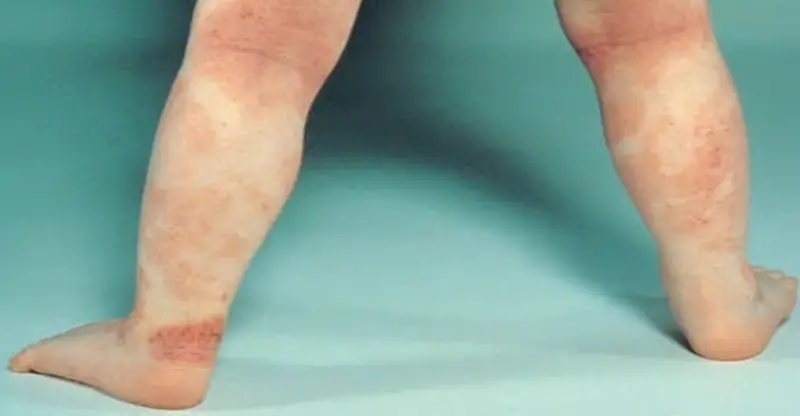
Symptoms
- Contact dermatitis can appear as an itchy, red rash. In this photo, the irritation is likely due to a watchband or to soap residue trapped beneath the band.
- Seborrheic dermatitis causes a red rash with yellowish and somewhat “oily” scales. In addition to the scalp, seborrheic dermatitis can occur on the sides of the nose, in and between the eyebrows, and in other oil-rich areas.
Each type of dermatitis may look a little different and tends to occur on different parts of your body. Signs and symptoms of different types of dermatitis include:
- Atopic dermatitis (eczema).
- Usually beginning in infancy, this red, itchy rash usually occurs where the skin flexes — inside the elbows, behind the knees and in front of the neck.
- The rash may leak fluid when scratched and crust over. People with atopic dermatitis may experience improvement and then seasonal flare-ups.
- Contact dermatitis.
- This red, itchy stinging rash occurs where your skin has come into contact with substances that irritate the skin or cause an allergic reaction.
- You may develop blisters.
- Seborrheic dermatitis.
- This condition causes scaly patches, red skin and stubborn dandruff.
- It usually affects oily areas of the body, such as the face, upper chest and back.
- Seborrheic dermatitis can be a long-term condition with periods of improvement and then seasonal flare-ups.
- In infants, this condition is called cradle cap.
- Follicular eczema.
- With this type, the affected skin thickens and develops bumps in hair follicles.
- This condition is common in African Americans and in people with dark-brown skin.
Risk factors

- Age. Dermatitis can occur at any age, but atopic dermatitis (eczema) usually begins in infancy.
- Allergies and asthma. People who have a personal or family history of eczema, allergies, hay fever or asthma are more likely to develop atopic dermatitis.
- Occupation. Jobs that put you in contact with certain metals, solvents or cleaning supplies increase your risk of contact dermatitis. Being a health care worker is linked to hand eczema.
- Health conditions. Health conditions that put you at increased risk of seborrheic dermatitis include congestive heart failure, Parkinson’s disease and HIV/AIDS.
Complications
- Scratching the itchy rash associated with dermatitis can cause open sores, which may become infected.
- These skin infections can spread and may very rarely become life-threatening.
Prevention
- Wear protective clothing if you are doing a task that involves irritants or caustic chemicals.
- Avoid dry skin by adopting these habits when bathing:
- Take shorter baths and showers. Limit your baths and showers to 5 to 10 minutes. Use warm, rather than hot, water. Bath oil also may be helpful.
- Use a gentle, nonsoap cleanser. Choose unscented nonsoap cleansers. Some soaps can dry your skin.
- Dry yourself gently. After bathing, gently pat your skin dry with a soft towel.
- Moisturize your skin. While your skin is still damp, seal in moisture with an oil, cream or lotion. Try different products to find one that works for you. Ideally, the best one for you will be safe, effective, affordable and unscented. Two small studies showed that applying a protective moisturizer to the skin of infants at high risk of atopic dermatitis reduced the incidence of the condition by up to 50 percent.
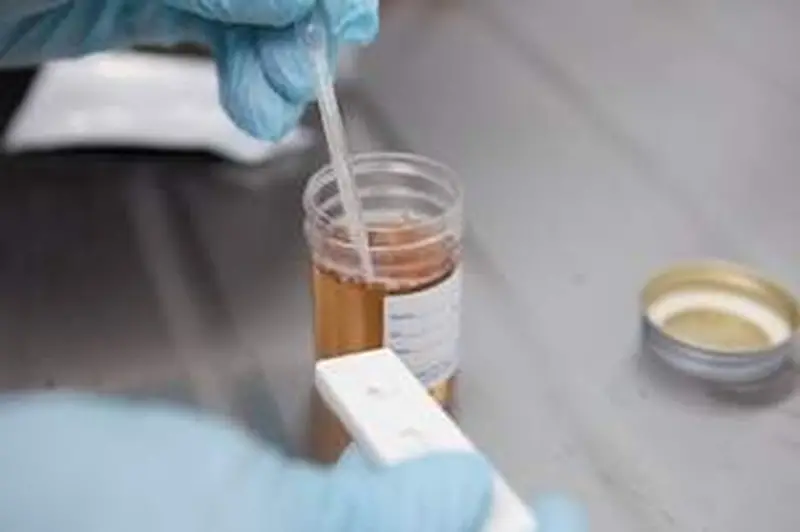
Diagnosis
- Your doctor will likely talk with you about your symptoms and examine your skin.
- You may need to have a small piece of skin removed (biopsied) for study in a lab, which helps rule out other conditions.
Patch testing
- Your doctor may recommend patch testing on your skin. In this test, small amounts of different substances are applied to your skin and then covered.
- The doctor looks at your skin during visits over the next few days to look for signs of a reaction.
- Patch testing can help diagnose specific types of allergies causing your dermatitis.
Treatment
- The treatment for dermatitis varies, depending on the cause and your symptoms.
- In addition to the lifestyle and home remedies recommendations below, dermatitis treatment includes one or more of the following:
- Applying to the affected skin corticosteroid creams, gels or ointments
- Applying to the affected skin certain creams or ointments that affect your immune system (calcineurin inhibitors)
- Exposing the affected area to controlled amounts of natural or artificial light (phototherapy)
- Using oral corticosteroids (pills) or injectable dupilumab, for severe disease
Lifestyle and home remedies
- Moisturize your skin. Routinely applying a moisturizer with high oil content can help your skin.
- Use nonprescription anti-inflammation and anti-itch products, OCT such as: hydrocortisone cream can temporarily relieve redness and itching.
- Oral antihistamines, such as: diphenhydramine, may help reduce itching.
- Apply a cool wet cloth. This helps soothe your skin.
- Take a comfortably warm bath.
- Sprinkle your bath water with baking soda or colloidal oatmeal — a finely ground oatmeal that’s made for the bathtub.
- Soak for 5 to 10 minutes, pat dry and apply unscented moisturizer while your skin is still damp.
- A lotion of 12 percent ammonium lactate or 10 percent alpha-hydroxy acid helps with flaky, dry skin.
- Use medicated shampoos. For dandruff, use OTC shampoos containing selenium sulfide, zinc parathion, coal tar or ketoconazole.
- Take a dilute bleach bath.
- This may help people with severe atopic dermatitis by decreasing the bacteria on the skin.
- For a dilute bleach bath, add 1/2 cup (about 118 milliliters) of household bleach, not concentrated bleach, to a 40-gallon (about 151-liter) bathtub filled with warm water.
- Measures are for a U.S. standard-sized tub filled to the overflow drainage holes. Soak for 5 to 10 minutes and rinse off before patting dry. Do these two to three times a week.
- Many people have had success using a dilute vinegar bath rather than a bleach bath. Add 1 cup (about 236 milliliters) of vinegar to a bathtub filled with warm water.
- Avoid rubbing and scratching. Cover the itchy area with a dressing if you can’t keep from scratching it. Trim your nails and wear gloves at night.
- Wear cotton clothing. Smooth-textured cotton clothing can help you avoid irritating the affected area. Avoid wool, as itching can flare after removing wool clothing that directly touches the skin.
- Choose mild laundry detergent. Because your clothes, sheets and towels touch your skin, choose mild, unscented laundry products.
- Avoid the known irritant or allergen. For contact dermatitis especially, try to minimize contact with the substance that caused your rash.
- Manage your stress. Emotional stressors cause some types of dermatitis to flare up. Consider trying stress management techniques such as relaxation or biofeedback.
Skin Rash
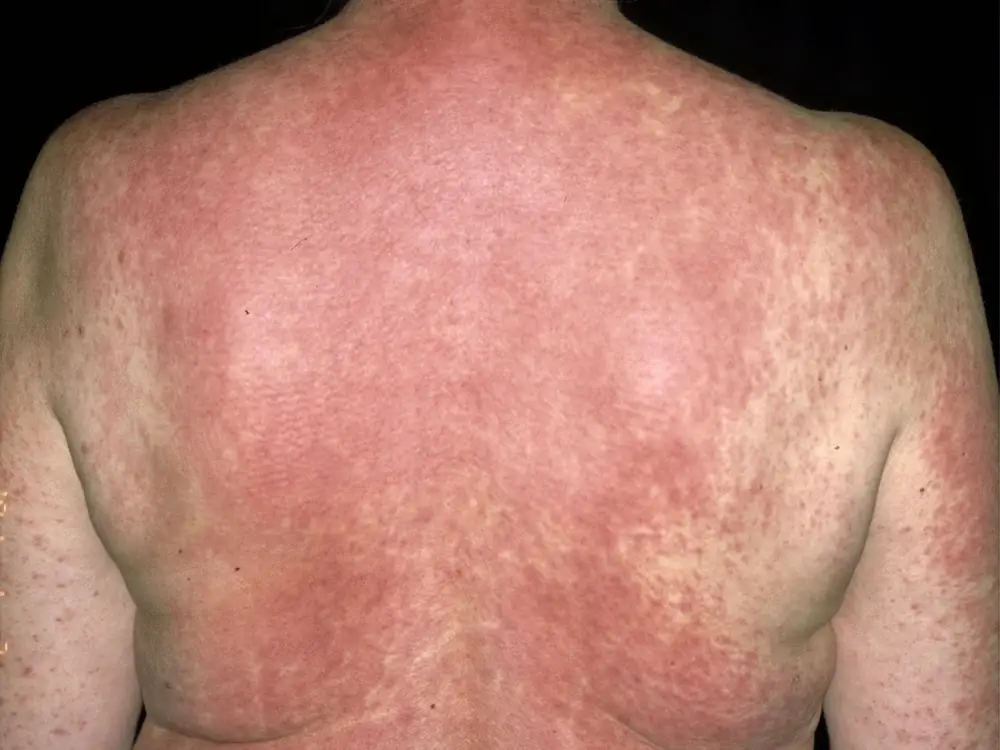
Skin rash facts
- Rash is not a specific diagnosis. Instead it refers to any sort of inflammation and/or discoloration that distorts the skin’s normal appearance.
- The word “rash” means a change in the color and texture of skin that usually causes an outbreak of red patches or bumps on the skin.
- Common rashes include
- Eczema (Eczema is not a single health condition, but a recognizable reaction pattern seen in several skin diseases.)
- Poison Plants
- (Poison ivy, poison oak, and poison sumac are poisonous plants than can cause an itchy rash upon contact.
- .A substance called urushiol, found in these plants, causes the rash.
- The rash is not contagious.
- The rash usually disappears in one to three weeks. The majority of cases can be treated at home.
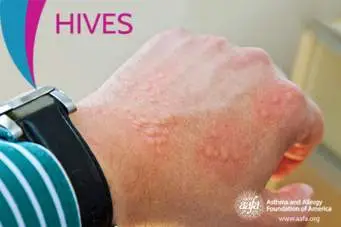
- Hives
- Hives (urticaria) are red, itchy, raised welts on the skin that appear in varying shapes and sizes
- Each one characteristically lasts no longer than six to 12 hours.
- Although hives are very common, their cause is often elusive.
- Hives can change size rapidly and move around, disappearing in one place and reappearing in other places, often in a matter of hours.
- Ordinary hives flare up suddenly. Occasionally hives are produced by direct physical stimulation by environmental forces like heat, cold, and sunlight.
- Treatment of hives is directed at symptom relief until the condition goes away on its own.
- Antihistamines are the most common treatment for hives.
- Hives typically are not associated with long-term or serious complications.
- Hives can also develop as a result of sun or cold exposure, infections, excessive perspiration, and emotional stress. The reason why stress seems to precipitate an outbreak of hives in many people is not completely understood but is likely related to the known effects of stress on the immune system.
- Hives may be accompanied with deep swelling skin & soft tissue is called Angioedema. This happens in hand, foot and face (lips & eyelids).
- Infections that cause rashes may be fungal, bacterial, parasitic, or viral.
- Over-The-Counter products (OTC) may be helpful treatments for many skin rashes.
- Rashes lasting more than a few days that are unexplained should be evaluated by a doctor.
Causes
Some common, noninfectious rashes are listed and described on the following pages. If you have a new rash and you have a fever, or some other generalized illness associated with it.
Atopic Dermatitis
- Atopic dermatitis is a chronic eczematous skin disease that usually begins in childhood.
- A predisposition to atopic dermatitis is inherited.
- Patients with atopic dermatitis have “super sensitive” skin and a decreased threshold for irritation.
- Acute atopic dermatitis produces weeping, oozing plaques of very itchy skin.
- Itching is a characteristic symptom.
- Chronic atopic dermatitis appears as thickened, elevated plaques of scaling skin.

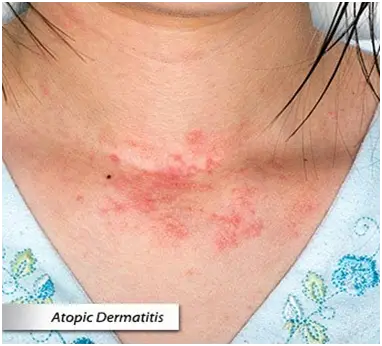
- Patients with atopic dermatitis seem to have a misguided immune response
- Treatment of atopic dermatitis is centered around rehydrating the skin with emollients like petroleum jelly and the cautious use of topical steroids.

Seborrheic Dermatitis
- Seborrheic dermatitis is probably the single most common inflammatory skin condition affecting humans aside from acne vulgaris.
- Seborrheic dermatitis is hig hly treatable but incurable.
- The course of seborrheic dermatitis is characterized by spontaneous The course of seborrheic dermatitis is characterized by spontaneous remissions and exacerbations (flare-ups).
- Seborrheic dermatitis affects all ages.
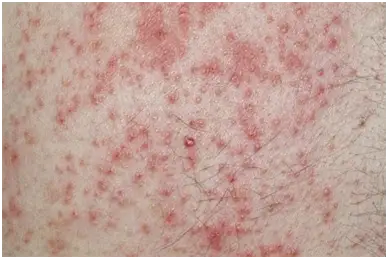
Contact dermatitis
- Contact dermatitis is a rash that occurs at the site of exposure to a substance capable of producing an allegic or irritant skin response.
- Contact dermatitis can be caused by noxious, irritating substances or substances to which the patient has developed a skin allergy.
- Patients with contact dermatitis complain of itching and burning at the site of a red, elevated, crusty, weepy, scaly rash.
- Contact dermatitis is diagnosed by its clinical appearance associated with a compatible history from the patient. Confirmation of allergic contact dermatitis may require a skin challenge with the suspected substance. In addition, other eczematous eruptions must be considered and rejected.
- Contact dermatitis generally requires treatment with topical steroid creams, but if extensive, may require taking steroids orally.
- The prognosis is good if the provoking substance can be identified and avoided.
- Prevention involves avoiding skin contact of irritating and allergenic substances.
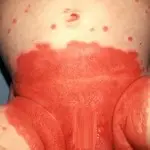
Diaper Rash / Diaper Dermatitis
- Diaper rash is very common in babies and is not a sign of parental neglect.
- Diaper rash is most commonly a kind of contact dermatitis.
- Diaper rash may become secondarily infected by bacteria or yeast normally present on the skin. In this case, topical antibiotic ointments provide a rapid and effective therapy.
- Avoidance of skin irritants by frequent diaper changing provides the number-one preventative measure.
- Effective treatments include frequent diaper changes, application of topical barriers (for example, petroleum jelly), and rarely topical antibiotic/antifungal ointments, or low-potency hydrocortisone cream.
- High-potency steroid creams, powders, and concentrated baking-soda/boric-acid baths and neomycin-containing ointments are to be avoided.
- Diaper rash is a generalized term indicating any skin irritation (regardless of cause) that develops in the diaper-covered region. While there are several broad categories of causes of diaper rash, contact irritation is the most common culprit. While diaper rash is generally thought to affect infants and toddlers, any individual wearing a diaper (for example, an incontinent adult) is a candidate to develop this dermatitis.

Stasis Dermatitis
- Stasis dermatitis: It commonly occurs on the swollen lower legs of people who have poor circulation in the veins of the legs.
- Stasis dermatitis refers to the skin changes that occur in the leg as a result of “stasis” or blood pooling from insufficient Venous return; alternative name of varicose eczema comes from a common cause of this being Varicose Veins.
- Insufficient venous return results in increased pressure in the Capillaries with the result that both fluid and cells may “leak” out of the capillaries. This results in red cells breaking down, with iron containing hemosiderin possibly contributing to the pathology of this entity.
- Treatment may consist of topical applications of steroid based creams and the use of compression Stocking to help force the underlying buildup of fluids back out of the lower leg or Intermittent pneumatic compression pumps.
- capillary is a small blood vessel from 5 to 10 micrometers (μm) in diameter and having a wall one endothelial cell thick. They are the smallest blood vessels in the body: they convey blood between the arterioles and venules. These micro vessels are the site of exchange of many substances with the interstitial fluid surrounding them. Substances which exit include water (proximal portion), oxygen, and glucose; substances which enter include water (distal portion), carbon dioxide, uric acid, lactic acid, urea and creatinine.[3] Lymph capillaries connect with larger lymph vessels to drain lymphatic fluid collected in the microcirculation.
- Hemosiderin is an iron-storage complex. The breakdown of heme gives rise to biliverdin and iron.[1][2] The body then traps the released iron and stores it as hemosiderin in tissues. Hemosiderin is also generated from the abnormal metabolic pathway of ferritin.
- Compression stockings are elastic compression garments worn around the leg, compressing the limb. This reduces the diameter of distended veins and increases venous blood flow velocity and valve effectiveness. Compression therapy helps decrease venous pressure, prevents venous stasis and impairments of venous walls, and relieves heavy and aching legs.
- Intermittent pneumatic compression is a therapeutic technique used in medical devices that include an air pump and inflatable auxiliary sleeves, gloves or boots in a system designed to improve venous circulation in the limbs of patients who suffer edema or the risk of deep vein thrombosis (DVT) or pulmonary embolism (PE).
Psoriasis
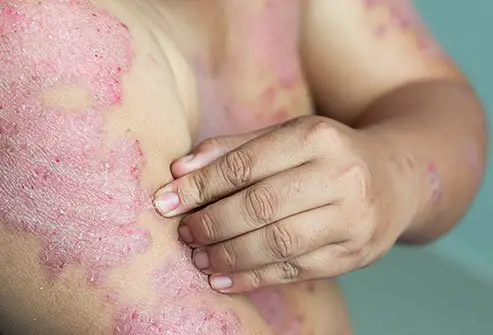
- Psoriasis is a chronic, inflammatory autoimmune skin disease.
- Inherited genetic defects that adversely affect the immune system cause psoriasis.
- Plaque psoriasis is the most common form of psoriasis.
- Obesity, diabetes, and heart disease are more common in people with psoriasis.
- Flare-ups of psoriasis can be initiated by certain environmental triggers.
- Although symptoms and signs vary, they include red, scaling plaques of itchy, elevated skin affecting the elbows, knees and scalp.
- Psoriasis is not contagious.
- Psoriasis gets better and worse spontaneously and can have periodic remissions (clear skin).
- Psoriasis is controllable with medication.
- Psoriasis is not curable.
Nummular eczema
Nummular eczema: coin-shaped (round), isolated patches of irritated skin — most commonly on the arms and lower legs — that may be crusted, scaling, and extremely itchy.
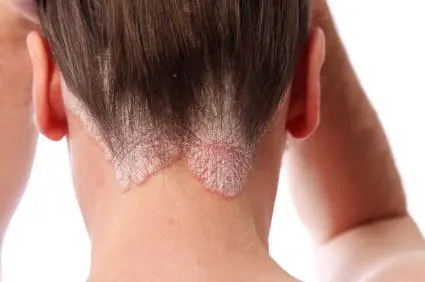
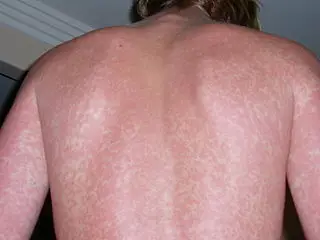
Drug eruptions
- A drug rash, sometimes called a drug eruption, is a reaction your skin can have to certain drugs.
- Almost any drug can cause a rash. But antibiotics (especially penicillin’s and sulfa drugs), NSAIDs, and anti-seizure drugs are the most common drugs to cause a rash.
- Most drug rashes are symmetric. This means they appear the same on both parts of your body.
- Drug rashes also don’t tend to cause any other symptoms besides their appearance, though
- some are accompanied by itching or tenderness.
- You can usually separate a drug rash from other rashes since they tend to coincide with starting a new drug. But in some cases, it can take a drug up to two weeks to cause a rash.
- The rash usually disappears once you stop taking the drug.

Heat Rash Miliaria (miliaria)
- occurs when the skin’s sweat glands are blocked, and the sweat produced cannot get to the surface of the skin to evaporate. This causes inflammation that results in a rash.
- Common symptoms of heat rash include red bumps on the skin, and a prickly or itchy feeling to the skin (also known as prickly heat).
- The rash appears as reddened skin with tiny blisters and is due to inflammation.
- It often occurs in skin creases or areas of tight clothing where air cannot circulate. Heat rash usually fades when the skin can cool.
- Medical treatment is necessary only if the area becomes infected.
- Heat rash can be prevented by avoiding hot, humid conditions, wearing lose fitting clothes, and using air conditioning or fans to allow air to circulate.
The following checklist can help you recognize the symptoms of heat-related illnesses:
- Heat rash ; Heat cramps
- Heat syncope: Someone who experiences heat syncope (fainting) will experience the sudden onset of dizziness or fainting after exposure to high temperatures, particularly after exercising in the heat.
- Heat exhaustion
- Heat stroke
Symptoms
- Other signs and symptoms that may be associated with rashes include the following: Blister formation Scaling Skin ulceration
- Some people may experience the following related rash symptoms and signs: Skin discoloration Itching Bumps on skin
- Heat rash occurs when the skin’s sweat glands are blocked, and the sweat produced cannot get to the surface of the skin to evaporate.
- This causes inflammation that results in a rash.
- Common symptoms of heat rash include red bumps on the skin, and a prickly or itchy feeling to the skin (also known as prickly heat).
- The rash appears as reddened skin with tiny blisters and is due to inflammation. It often occurs in skin creases or areas of tight clothing
- Doctors use specific terms to describe rashes.
- A macular rash refers to flat, small red patches on the skin.
- A popular rash refers to small raised red bumps.
- If both rash symptoms and signs are present, a rash is called Maculopapular.
- Scaling, blister formation, or ulceration of the skin may be present with a rash.
- A rash with accompanying blisters is termed a vesicular rash.
- Itching (pruritus) may or may not accompany a rash.
- Many people with a rash have similar symptoms and signs.
- A few patients mentioned that their rashes initially oozed, then scabbed over, and bled easily.
- Others reported that their rashes seemed to appear when the seasons changed, when they ate certain foods, or when they began a new course of medication.
- Many patients said that their rash began in one.
What Patients Say
Our Testimonials
Why patients trust Dr. Farah with their health

Came in with a headache and started to feel sick. Had a big trip for New Years, therefore I had to solve my problems quickly. Dr. Farah helped me right away and treated all my problems, he saved my weekend. Will come here again soon.
Melanie Warner

I was in a lot of pain and I walked in and the receptionist was so lovely. I was into see the doctor within five minutes and he listened to me and was wonderful. I’ve been to a few urgent cares and this one by far is the best !
Tiffany Lee-Frank

I absolutely love Dr Farah and his whole staff on the medical and the spa side. I’m not just saying this, Dr Farah has been my doctor over 10 years and I’ve been using his Rejuvenate spa for about 4 years now. I would give them 10 stars if I could!!!
Lori Brooks

Ashley and Anna are friendly and made me feel welcome and at ease. Dr. Farah was very understanding and answered all my stupid questions. They were all very professional and patient with me.
juli ross
Providing Urgent Care for non-life-threatening health complications
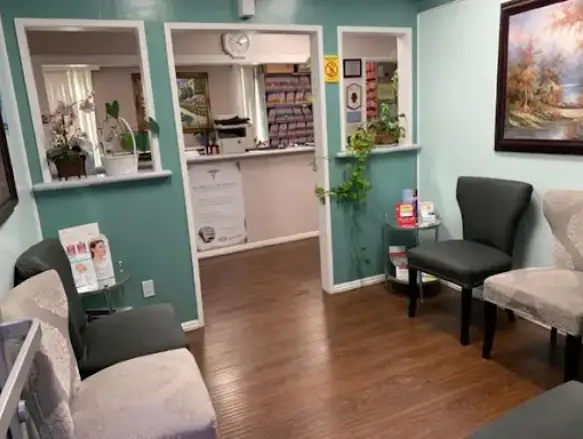
Urgent care services
Monday to Friday
9:00 AM To 6:00 PM
Saturday and Sunday
Closed
17130 Ventura Boulevard,
Encino California 91316



